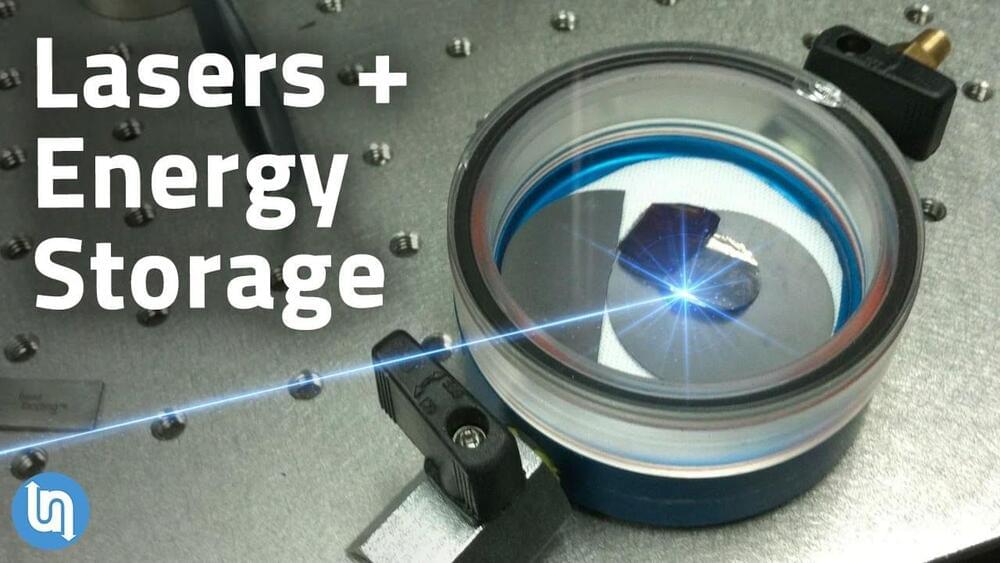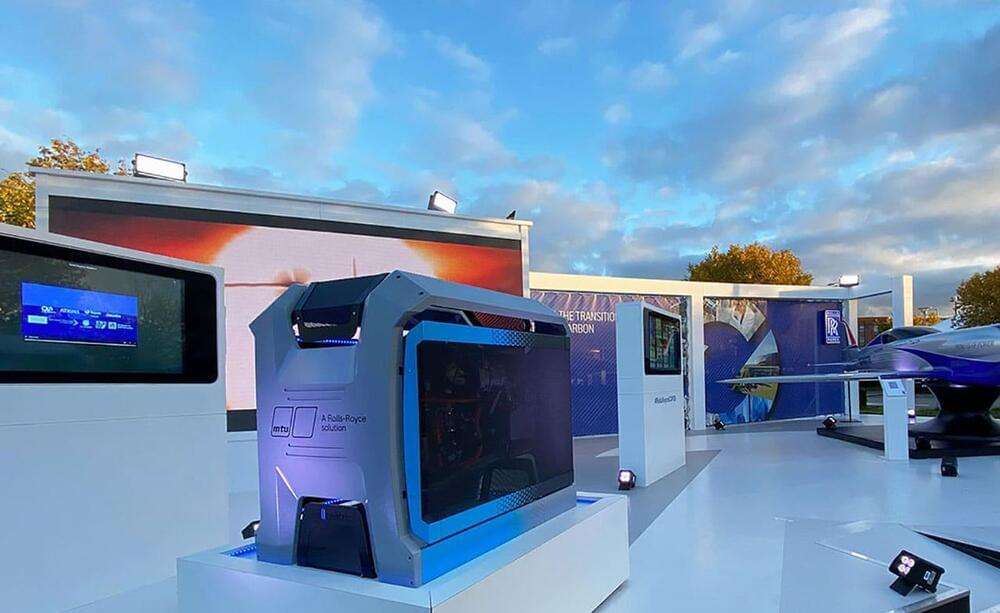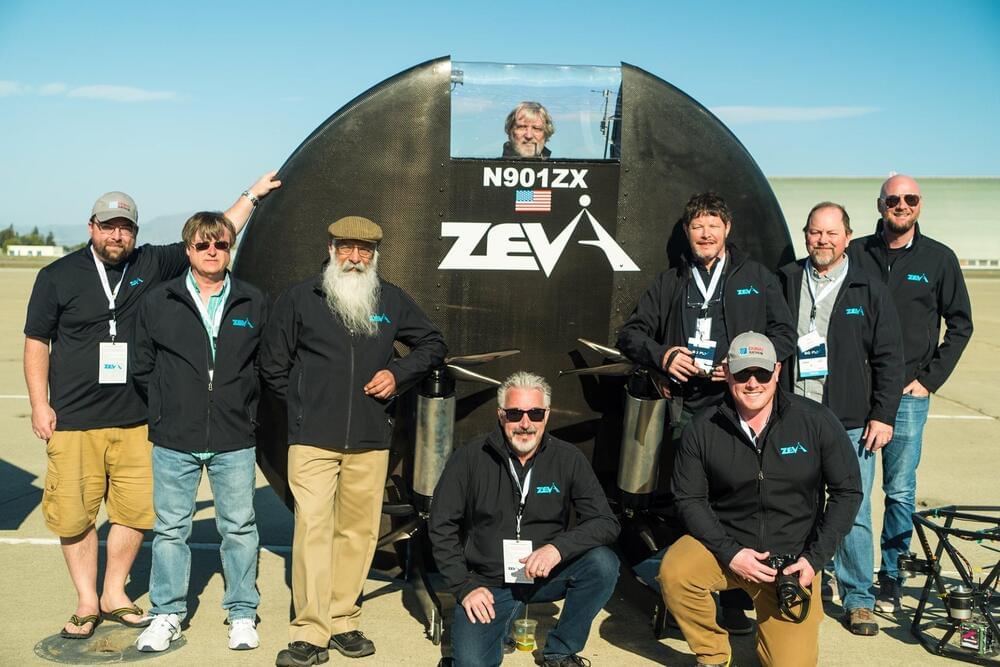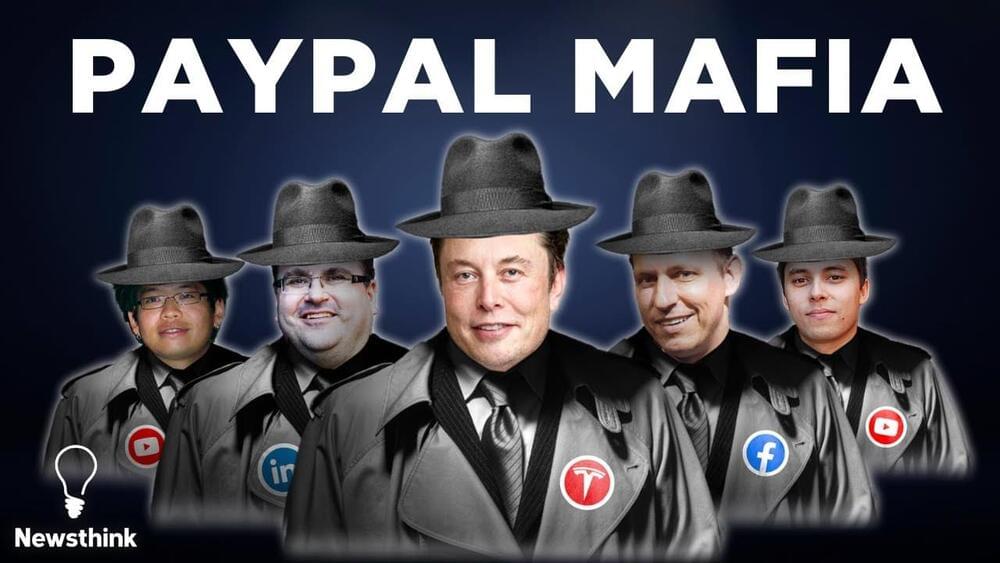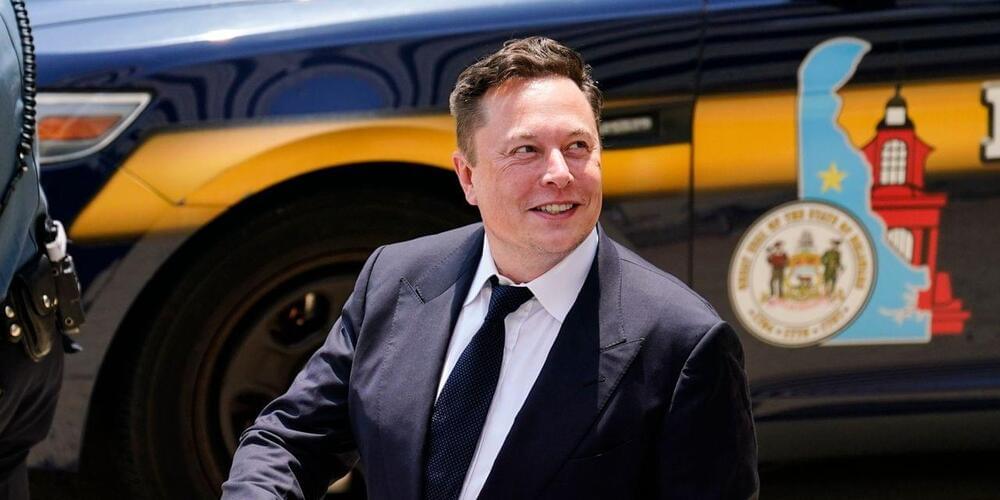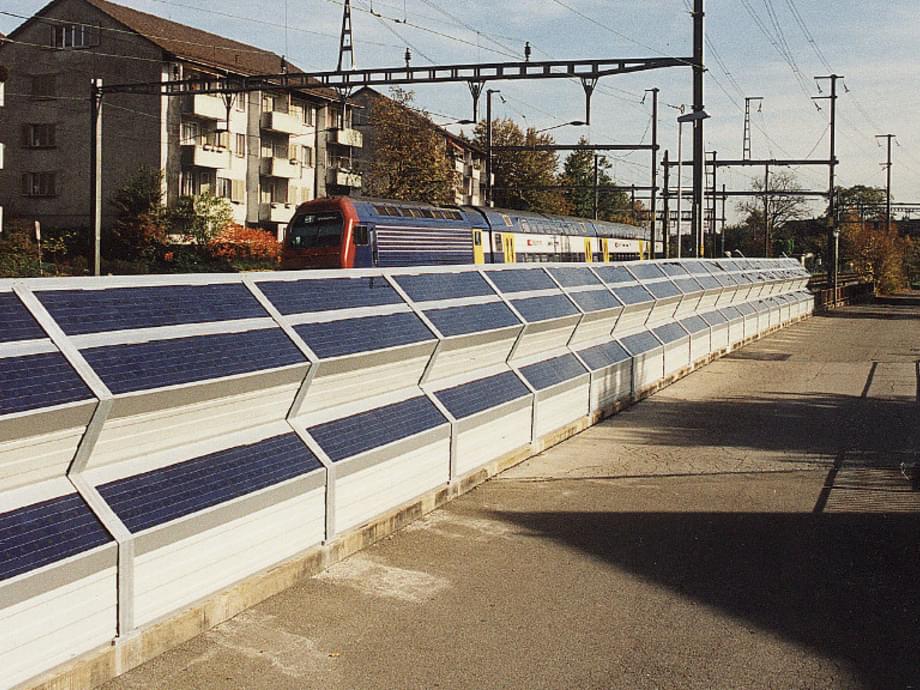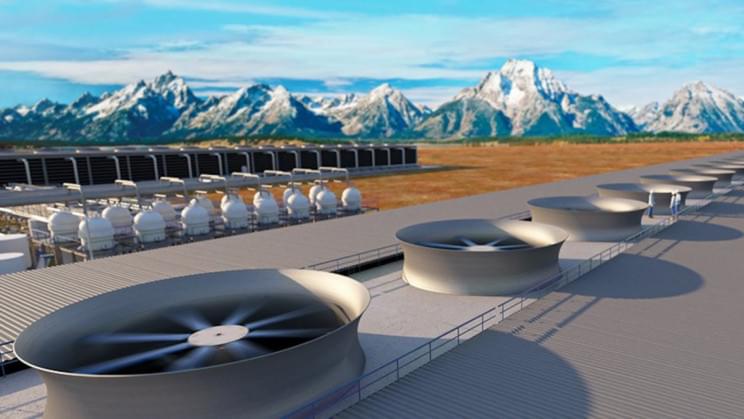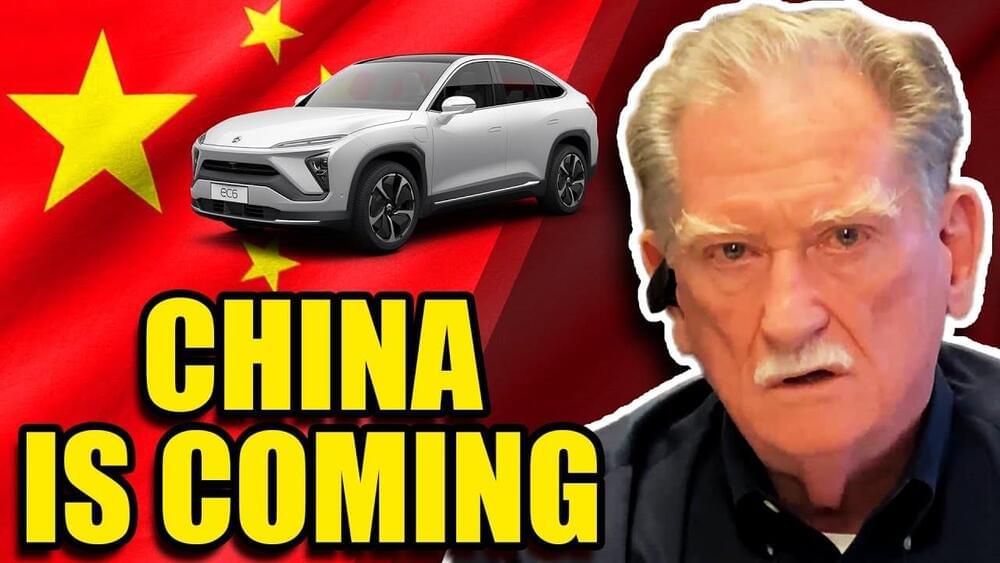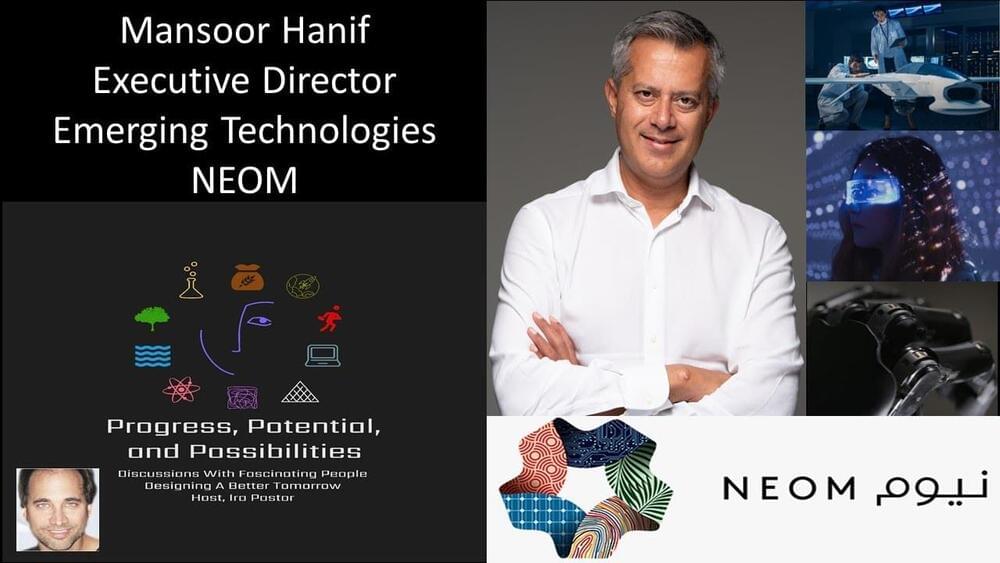Solid Hydrogen Explained. Get Surfshark VPN at https://surfshark.deals/undecided and enter promo code UNDECIDED for 83% off and 4 extra months for free! Green hydrogen is touted to be one of the essential ingredients for the sustainable energy mix of the future. Yet, there’s an…invisible…yet big problem. Storage, transport, and operation is complicated and expensive, but what if we could create and store solid hydrogen for cheap? A start-up may have a solid technology that could speed up the energy transition. Spoiler: It’s so good it was banned!
Watch Solar Panels Plus Farming? Agrivoltaics Explained: https://youtu.be/lgZBlD-TCFE?list=PLnTSM-ORSgi5LVxHfWfQE6-Y_HnK-sgXS
Video script and citations:
https://undecidedmf.com/episodes/forget-solid-state-batterie…-explained.
Follow-up podcast:
Video version — https://www.youtube.com/channel/UC4-aWB84Bupf5hxGqrwYqLA
Audio version — http://bit.ly/stilltbdfm.
👋 Support Undecided on Patreon!
https://www.patreon.com/mattferrell.
⚙️ Gear & Products I Like.
